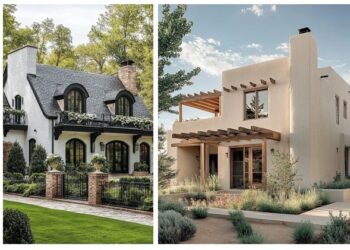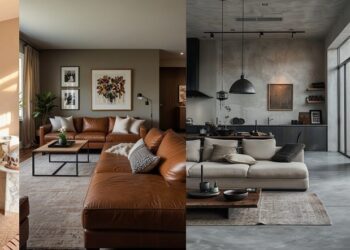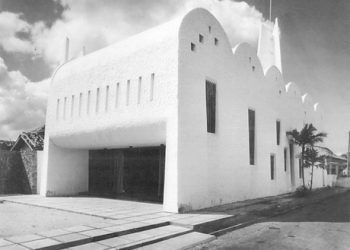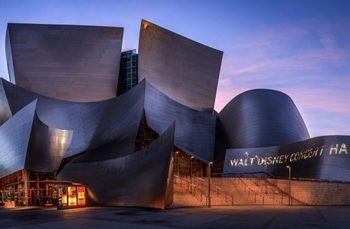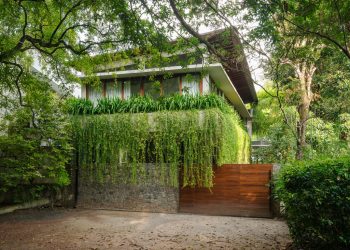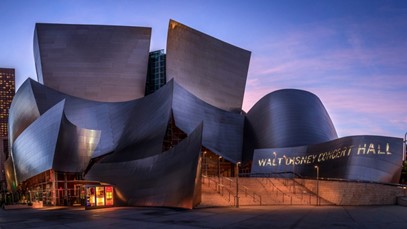
At first glance, the fields of architecture and music may appear as two vastly different and incompatible arts. However, for someone who is familiar with architecture, it is not difficult to understand how closely it is connected to music.
Terms such as harmony, composition, balance, and rhythm, which we usually associate when designing a building, are often originated through music.
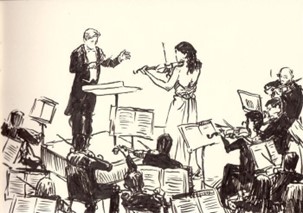
Illustration of an orchestra
Just as “architecture”, it is difficult for an individual to interpret the exact term of “music”. In general, it is a creative person’s dealings with various forms. The goal of a musician is to create pieces of tunes and music in order to delight the listeners’ ears. However, an architect would focus on comforting the inhabitants’ eyes and minds.
In general- they are two different forms of creativity; where one focuses on decorating space, the other pursues on decorating time.
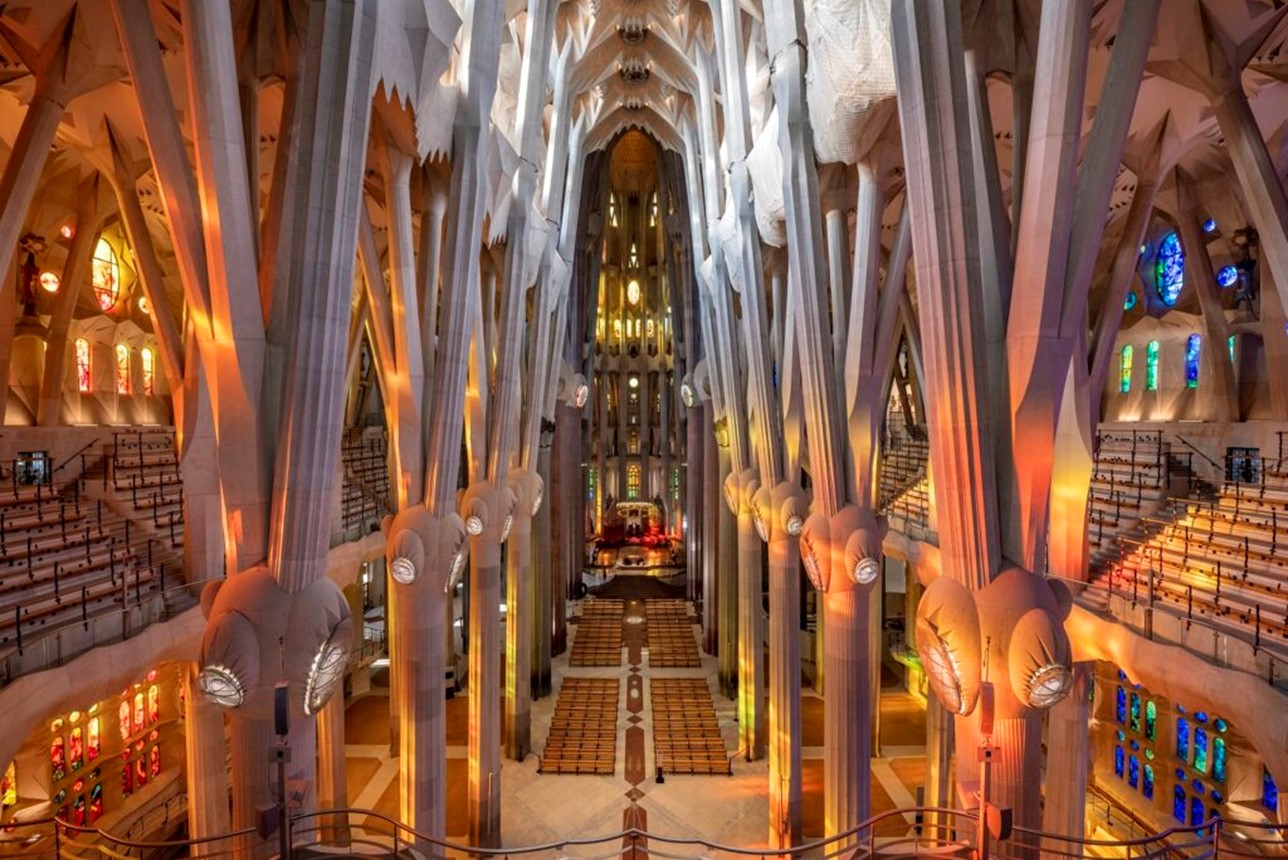
The harmonious interior of La Familia Sagrada by Antoni Gaudi
One might wonder why it is necessary to talk about the relationship between architecture and music. Its importance lies in the fact that a person can approach the hidden beauty of a building through the inspiration he draws from music, which he has been close to since childhood.
It is the German literary phenomenon Johann Wolfgang von Goethe, who have simply stated that “Architecture is frozen music”- which still to this day, is one of the very first lessons taught to young budding designers in architecture schools. It teaches one to be cautious of the emotions a building could bring about.

Walt Disney concert hall inspired by playful, musical movements
Music is a fascinating medium for communicating with buildings. This is because the existence of design and music is based on creativity and the transaction with the individual mind.
Another aspect of this is that an architect who understands both arts develops a relationship with music from the moment he begins designing a building. Sometimes, they draw inspiration from music for their creations, and they also use it as a necessary stimulus to maintain proper focus during the entire creative process.

Illustration of an architect drafting while listening to music
If one carefully observes a building designed against such a backdrop, it is not difficult for anyone to recognize the rhythm and artistry within it. We could assume that the emotions our minds experience when seeing or entering a building are very similar to the variety of moods that we experience when listening to music.
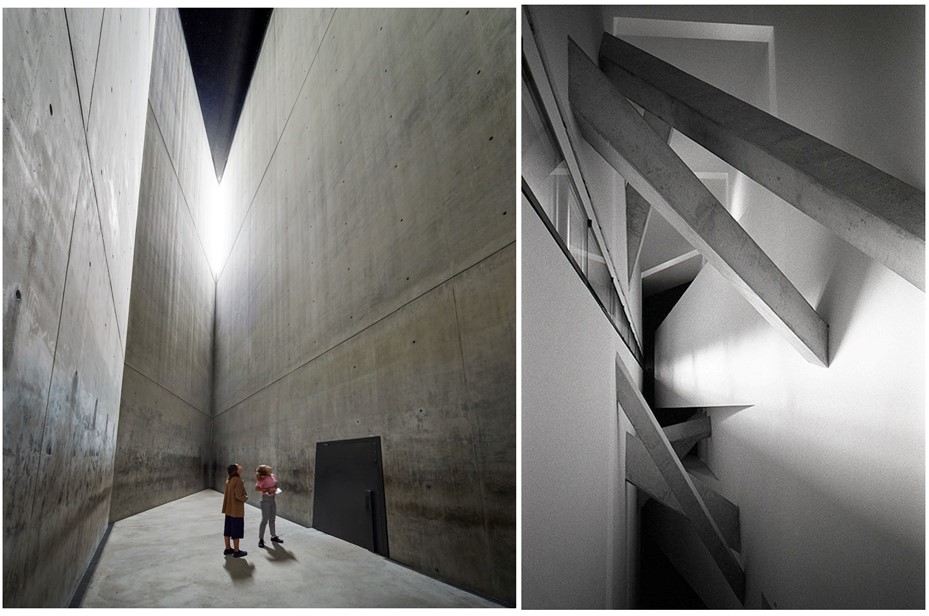
The eerie ambiences captured in Holocaust Museum by Daniel Libeskind
Music often brings us closer to various emotions: both simple and complex, positive and negative. It brings out a sense of wonder, enthusiasm and excitement. And using this idea as an architect would help them to see and design buildings through a new and fresh perspective.
Sources:
https://www.elemental-architects.com/post/architecture-is-frozen-music
https://www.archdaily.com/441358/ad-classics-walt-disney-concert-hall-frank-gehry
https://www.archdaily.com/438992/ad-classics-la-sagrada-familia-antoni-gaudi
https://www.archdaily.com/91273/ad-classics-jewish-museum-berlin-daniel-libeskind


